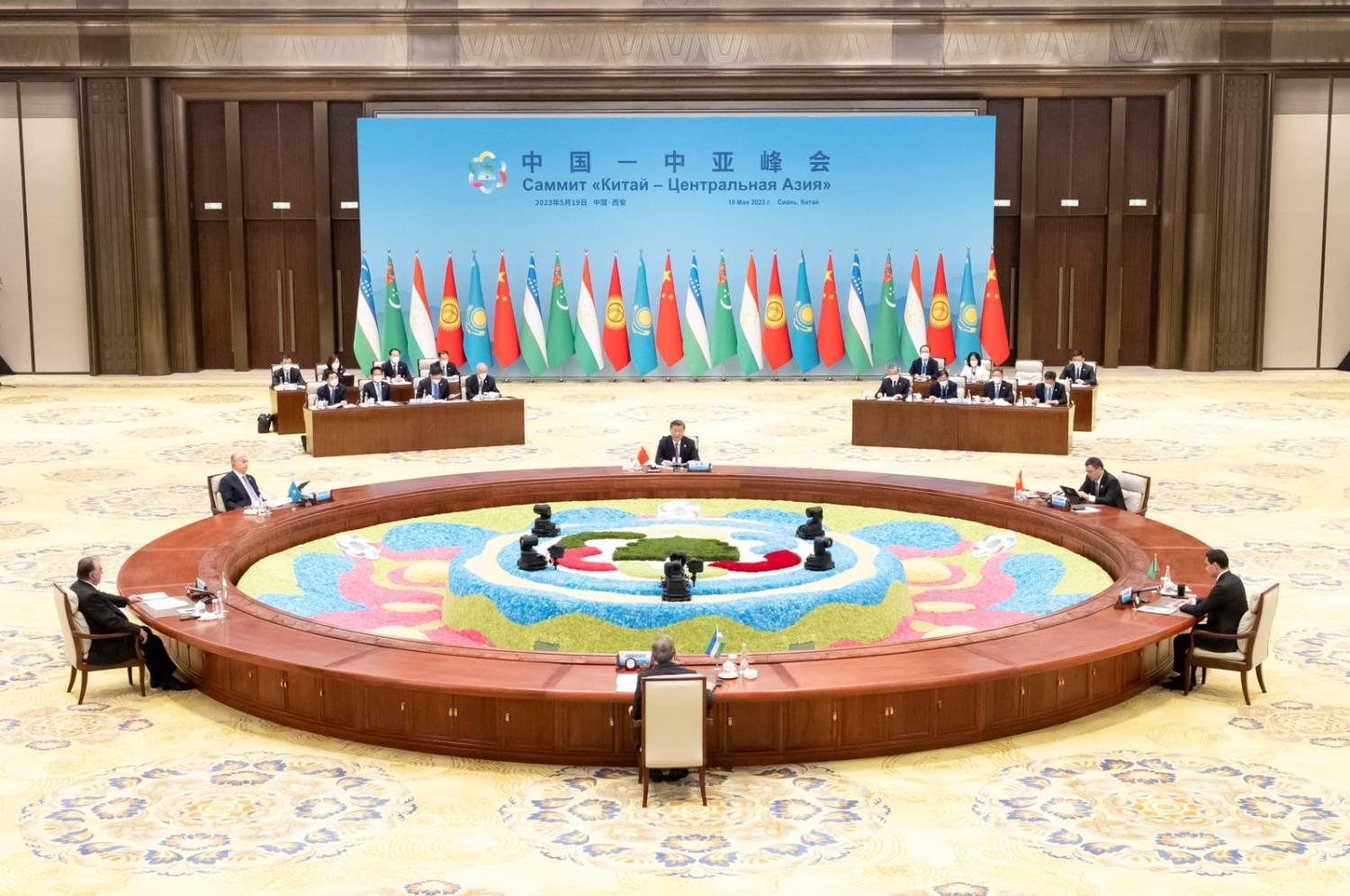Beijing’s ambition with its western neighbours is more
about heading off US influence than a quest to dominate.

A surge in apprehension followed the establishment last week of a China-Central Asia Summit. “The war in Ukraine has weakened some of Russia’s influence in Central Asia,” warned the New York Times, “and China sees an opening”. Contrasted with the G7 meeting occurring at the same time in Japan, this was said to amount to “duelling summits” for influence.
The Belt and Road Initiative, or BRI, and China’s burgeoning economic partnerships with Central Asian nations, has certainly laid the groundwork for cooperation in areas such as trade, infrastructure and energy. Promises made at the China-Central Asia Summit of extensive financial support to the tune of 26 billion yuan (roughly US$3.8 billion) are indicative of strong economic collaboration, adding to the sense of unease.
This apprehension is exacerbated by Russia’s evident loss of power and influence following its invasion of Ukraine. Yet, despite all signs pointing towards China’s increased cooperation with the Central Asian nations of Kazakhstan, Kyrgyzstan, Tajikistan, Turkmenistan and Uzbekistan, there has not really been any abrupt change in China’s policy towards this region.
China is not aiming to be the dominant player in Central Asia or fill a power vacuum. Instead, by shoring up ties with its neighbours, China appears to be primarily focused on maintaining stability in its western periphery. This, in turn, would help construct a buffer zone to effectively manage its persistent security challenges to the east, in the Asia-Pacific region.
China’s diplomatic priorities offer a valuable insight into its ambitions towards Central Asia. These countries became China’s immediate neighbours following the collapse of the Soviet Union. China’s diplomatic blueprint highlights the significance it places on “major powers, its periphery, developing countries, and multilateral platforms”, and Central Asia plays a critical role in this schema.
But China’s relations with Central Asian countries got off to a slow start. This was largely due to China’s focus on major powers and Southeast Asian neighbours. The lack of dynamic diplomatic mechanisms also hampered the development of closer ties with Central Asian countries, despite security cooperation at the borders. Hence, the inauguration of the China-Central Asian Summit, held in Xi’an, which China’s President Xi Jinping emphasised was a crucial waypoint on the ancient Silk Road.
The bigger focus for China is the relationship dynamics it has with the United States. Washington has declared Beijing a “strategic competitor” and is involved in regional flashpoints centred around the East and South China Seas, including Taiwan. Moreover, US efforts such as its Indo-Pacific Strategy, the Quad grouping involving Australia, Japan and India, and the AUKUS partnership with Australia and the United Kingdom, are seen in Beijing as moves to encircle China, blocking its influence on the first island chain and impeding access to the Indian and Pacific Oceans.
From Beijing’s vantage point, Central Asia and Russia are the gaps in this perceived US encirclement strategy. Despite the withdrawal of US troops from Afghanistan in 2021, China remains wary of US involvement in Central Asia, with the prospect of other powers encouraging “colour revolutions” which it sees as a threat to Chinese interests (the term was explicitly invoked by Xi during his remarks at the China-Central Asia Summit). Anxiety persists about the US Central Asia strategy unveiled by the Trump administration in 2020, which set out as a “primary strategic interest” the aim to “build a more stable and prosperous Central Asia that is free to pursue political, economic, and security interests with a variety of partners on its own terms”.
The stability of the east is paramount for China, yet simultaneously, stronger relations with Central Asian states are integral to China’s national security. Russia’s war with Ukraine has added another layer of complexity, with China concerned about potential US moves in the region. Yet even before Russia’s invasion of Ukraine, Xi chose to visit Central Asian countries for his first overseas trip following the Covid-19 outbreak.
China’s diplomacy in Central Asia should therefore be seen in the context of evolving regional dynamics.
